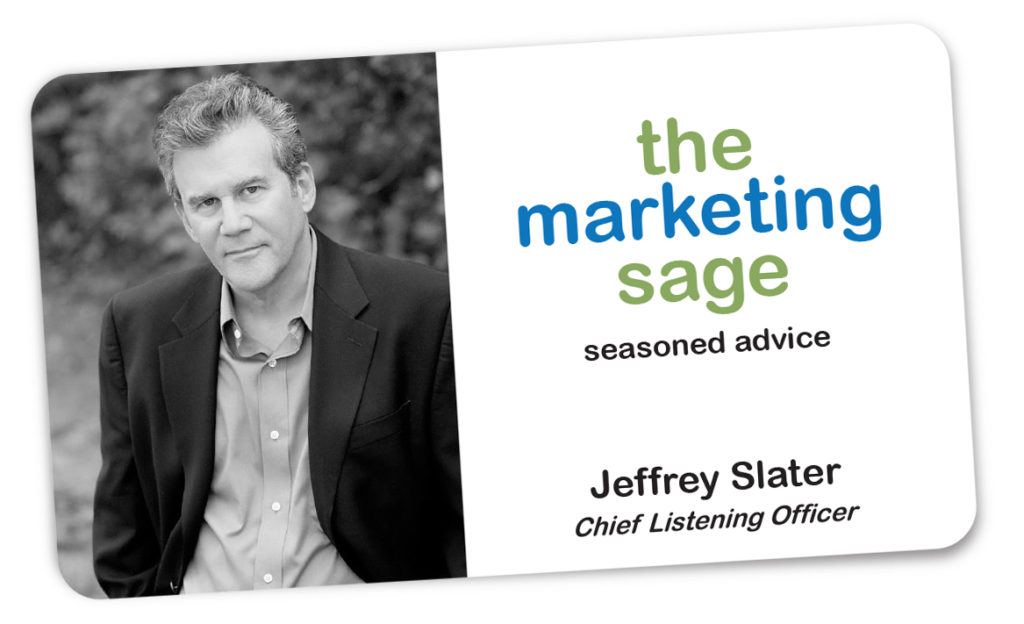Plural Ignorance: Unlocking the Power of Social Influence in Marketing
Understanding human behavior is vital to crafting successful campaigns in the ever-evolving marketing world.
One intriguing concept that holds significant potential for marketers is plural ignorance.
Coined by psychologists Daniel Katz and Floyd Allport in the 1930s, plural ignorance refers to the phenomenon where individuals privately reject a norm but incorrectly believe that others accept it.
What is Pluralistic Ignorance?
Simply put, pluralistic ignorance occurs when individual members of a group (such as a school, a team, a workplace, or a group of friends) believe that others in their group hold comparably more or less extreme attitudes, beliefs, or behaviors.
Origin of the Term: Katz and Allport first introduced the concept of plural ignorance in their research on race relations. They noticed that while individuals privately harbored negative attitudes towards other racial groups, they believed those views were widely shared. This contradiction led to a fascinating insight into the dynamics of social perception, highlighting the prevalence of plural ignorance in various contexts.
By delving into the origin, examples, and application of plural ignorance, marketers can leverage this knowledge to enhance their branding strategies and tap into the power of social influence.
Examples of Plural Ignorance
Bystander Effect: One classic example of plural ignorance is the bystander effect. In emergencies, individuals often hesitate to intervene or help when others are present. People assume that if nobody else is acting, their help is not required. This diffusion of responsibility is fueled by plural ignorance, where everyone falsely thinks others are more knowledgeable or capable of taking appropriate action.
Social Media Validation: Plural ignorance is also prominent in social media. Consider a scenario where individuals see posts showcasing seemingly perfect lives, travel adventures, or accomplishments on their feeds. Despite privately experiencing inadequacy or dissatisfaction, they assume everyone else leads extraordinary lives. This perception can lead to a vicious cycle of comparison and self-doubt as individuals strive to maintain an illusionary norm.
Utilizing Plural Ignorance in Marketing
Understanding plural ignorance can be a powerful tool for marketers, enabling them to create compelling campaigns that tap into social influence. By leveraging this phenomenon, companies can craft messaging that alleviates customer concerns, fosters a sense of belonging, and encourages positive behavior change.
Dove’s “Real Beauty” Campaign: Dove successfully utilized plural ignorance to challenge the conventional beauty standards prevalent in society. By showcasing women of diverse body shapes, sizes, and skin tones, Dove shattered the illusion that only a select few met the narrow definition of beauty. Through this campaign, Dove encouraged women to embrace their uniqueness and appreciate the beauty in others, dismantling the detrimental effects of plural ignorance on body image.
Apple’s “Shot on iPhone” Campaign: Apple’s “Shot on iPhone” campaign tapped into the plural ignorance surrounding smartphone photography. By featuring stunning photos captured by everyday users, the campaign challenged the perception that only professional photographers could take exceptional pictures. Apple empowered its customers by showcasing their abilities and inspiring them to explore their creative potential, capitalizing on the power of plural ignorance to reshape public perception.
Plural ignorance, a prevalent psychological phenomenon, can significantly impact human behavior and perception.
For marketers, understanding and leveraging plural ignorance inspires new avenues for creating impactful campaigns.
By challenging prevailing norms, fostering inclusivity, and empowering consumers, companies can harness the power of social influence to connect with their target audience on a deeper level.
As the marketing landscape evolves, recognizing and incorporating insights from psychology will undoubtedly remain a key driver of success.
Examples of how pluralistic ignorance can help marketers:
- Marketers can use pluralistic ignorance to create a sense of urgency. If people believe that everyone else is buying a product, they are more likely to feel like they need to, even if they don’t want it. This is why you often see marketing campaigns that emphasize the scarcity of a product, such as “limited-time offer” or “while supplies last.”
- Marketers can use pluralistic ignorance to normalize taboo products or services. Suppose people believe that everyone else is using a product or service. In that case, they are more likely to feel comfortable using it themselves, even if it is considered taboo. This is why you often see marketing campaigns for products like condoms or erectile dysfunction medication that emphasize these problems’ prevalence.
- Marketers can use pluralistic ignorance to create a sense of social belonging. If people believe that everyone else is using a product or service, they are more likely to feel like others will accept them if they use it too. This is why you often see marketing campaigns emphasizing how using a product or service will make you more popular or attractive.
Of course, it is essential to note that pluralistic ignorance can also be used to manipulate people.
For example, a marketer might create a marketing campaign that makes people believe that everyone else is using a harmful or dangerous product. This is why it is essential to be aware of pluralistic ignorance and to think critically about marketing messages.
Here are some additional examples of how pluralistic ignorance can help marketers:
- Marketers can use pluralistic ignorance to target specific demographics. If a marketer knows that a particular demographic is more likely to be influenced by pluralistic ignorance, they can target their marketing campaigns to that demographic. For example, a marketer might target young people with marketing campaigns for products considered taboo by older generations.
- Marketers can use pluralistic ignorance to create a sense of FOMO (fear of missing out). If people believe that everyone else is doing something, they are more likely to feel like they are missing out if they don’t do it too. This is why marketing campaigns often emphasize the benefits of being an early adopter or part of a trend.
- Marketers can use pluralistic ignorance to create a sense of social pressure. If people believe that everyone else is doing something, they are more likely to feel like they must do it, too, even if they don’t want to. This is why marketing campaigns often emphasize the social consequences of not using a product or service.
Overall, pluralistic ignorance can be a powerful tool for marketers. However, it is essential to use it responsibly and ethically.
Have you ever used pluralistic ignorance as a part of your marketing strategy?
You can set up a time to chat with me about your marketing challenges using my calendar. Email me jeffslater@themarketingsage.com Call me. 919 720 0995. The conversation is free, and we can explore if working together makes sense. Watch a short video about working with me.
maxime-bhm-icyZmdkCGZ0-unsplash





